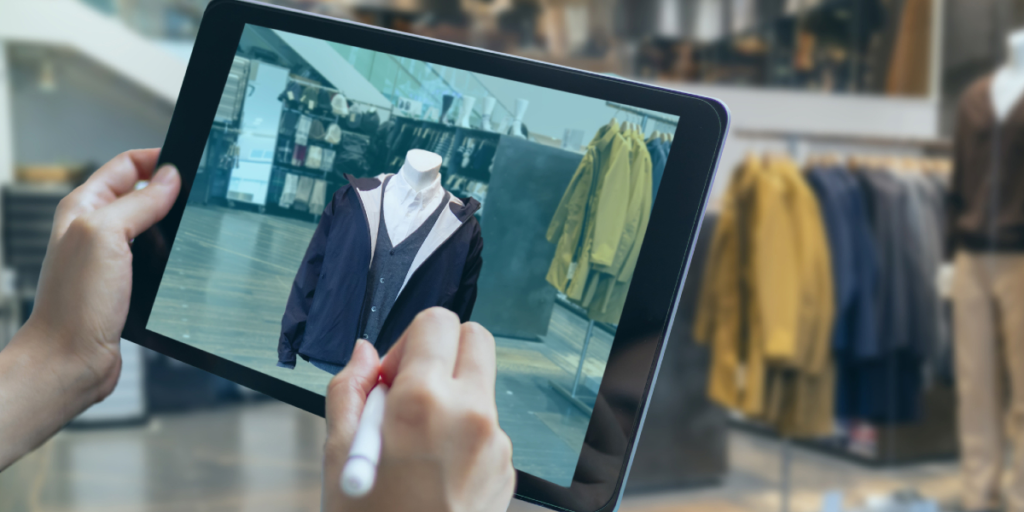Influencer-driven content has become a dominant force in digital marketing, reshaping how brands engage with audiences in a highly competitive landscape. This approach involves partnering with influential individuals who have established credibility and a loyal following on platforms like Instagram, YouTube, TikTok, or blogs. By leveraging influencer-curated content in the middle of brand strategies, companies can tap into authentic storytelling that resonates more deeply than traditional advertising. Influencers bring a personal touch to campaigns, using their voice, style, and audience relationships to create relatable and engaging narratives. As consumers increasingly value authenticity and peer recommendations, influencer-driven content has emerged as one of the most effective ways to build trust, drive engagement, and boost conversions.
The Rise of Influencer-Driven Content in Digital Marketing
The rise of influencer-driven content has been fueled by the explosive growth of social media and the shift in consumer behavior toward online engagement. People now spend hours daily consuming content from personalities they admire and trust, making influencers powerful intermediaries between brands and potential customers. By placing influencer-driven content in the middle of marketing strategies, brands can bypass the skepticism often directed toward traditional ads. Influencers provide organic product endorsements that blend seamlessly into their regular content, making promotions feel less intrusive. This trend has led businesses of all sizes to invest in influencer partnerships, from multinational corporations collaborating with celebrity influencers to niche brands working with micro-influencers who have highly engaged audiences.
How Influencer-Driven Content Works
Influencer-curated content works by aligning brand messages with the influencer’s unique voice and audience preferences. The process begins with selecting influencers whose values, style, and audience demographics match the brand’s target market. Placing influencer-driven content in the middle of the campaign ensures that promotions are integrated naturally into the influencer’s existing content formats, whether through sponsored posts, product reviews, unboxing videos, or live streams. Influencers often create their own creative concepts, ensuring that the content feels genuine rather than scripted. This approach not only enhances engagement but also drives higher conversion rates, as audiences perceive the influencer’s recommendation as a trusted opinion rather than a direct sales pitch.
The Role of Authenticity in Influencer-Driven Content
Authenticity is the cornerstone of successful influencer-curated content, as modern consumers can quickly detect inauthentic or overly commercial messages. Influencers who maintain transparency and only promote products they genuinely believe in foster stronger trust with their followers. By positioning influencer-driven content in the middle of genuine storytelling, brands can benefit from deeper audience connections. Audiences are more likely to engage with and act on content that reflects the influencer’s real experiences with the product or service. This authenticity transforms influencer partnerships from mere promotional transactions into meaningful collaborations that enhance the credibility of both the influencer and the brand.
Benefits of Influencer-Driven Content for Brands
The benefits of influencer-curated content for brands are extensive, ranging from increased reach and engagement to improved brand perception. Collaborating with influencers allows brands to access established communities without having to build those audiences from scratch. Placing influencer-curated content in the middle of brand strategies also boosts credibility, as followers are more likely to trust a recommendation from someone they follow than from a direct advertisement. Additionally, influencers can generate high-quality creative assets that brands can repurpose across other marketing channels. Measurable results such as higher click-through rates, more social shares, and greater conversion rates underscore the effectiveness of this approach.
Benefits of Influencer-Driven Content for Consumers

For consumers, influencer-driven content provides a more relatable and enjoyable way to learn about products and services. Rather than being exposed to impersonal ads, audiences receive information through trusted voices who share honest opinions and practical demonstrations. By placing influencer-curated content in the middle of their purchasing journey, consumers can see real-life applications of products, making decision-making easier. Influencers often provide tips, tutorials, and personal stories that add value beyond a simple sales message. This educational and entertaining format fosters a positive perception of both the influencer and the brand, making it a win-win for all parties involved.
Challenges in Implementing Influencer-Driven Content
Despite its advantages, influencer-driven content presents certain challenges for brands. One major hurdle is finding the right influencer whose audience aligns with the brand’s target demographic. Placing influencer-curated content in the middle of poorly matched partnerships can lead to low engagement or even negative feedback. Measuring the true ROI of influencer campaigns can also be difficult, as not all benefits—such as brand sentiment or long-term loyalty—are easily quantifiable. Additionally, maintaining control over messaging while allowing influencers creative freedom can be a delicate balancing act. There are also risks associated with influencer controversies or audience backlash, which can negatively impact the brand’s reputation.
Best Practices for Creating Influencer-Driven Content
To maximize the effectiveness of influencer-driven content, brands should start by defining clear campaign goals and choosing influencers whose values and audience match their objectives. Placing influencer-curated content in the middle of collaborative planning ensures that both parties are aligned on messaging and creative direction. Brands should allow influencers the freedom to create content in their own style, as this preserves authenticity and audience trust. Transparent disclosure of sponsored content is also essential to comply with regulations and maintain credibility. Regularly monitoring campaign performance through analytics helps brands understand what works and refine strategies for future collaborations.
Examples of Successful Influencer-Driven Content Campaigns
Many brands have demonstrated the power of influencer-curated content through creative and impactful campaigns. For example, Daniel Wellington built a global presence by sending free watches to influencers and encouraging them to post stylish photos wearing the brand. Placing influencer-driven content in the middle of their marketing strategy allowed Gymshark to grow from a small startup to a fitness apparel giant by partnering with fitness influencers who showcased their products in workouts and lifestyle content. Beauty brands like Glossier have relied heavily on micro-influencers to create authentic, user-generated content that drives word-of-mouth growth. These examples highlight the versatility and effectiveness of influencer collaborations across industries.
The Future of Influencer-Driven Content
The future of influencer-curated content will be shaped by evolving technologies, consumer behaviors, and platform trends. As audiences become more selective about the influencers they follow, brands will need to focus on long-term partnerships rather than one-off collaborations. Placing influencer-curated content in the middle of immersive formats like live shopping events, AR filters, and interactive social media features will create more engaging experiences. Micro- and nano-influencers will gain prominence for their highly engaged niche communities, while AI-driven analytics will help brands make more informed partnership decisions. The integration of influencers into the emerging metaverse could also open up new opportunities for immersive brand storytelling.
Conclusion
Influencer-driven content has transformed the way brands connect with consumers, offering a more authentic, relatable, and engaging alternative to traditional advertising. By leveraging the trust and creativity of influencers, brands can reach targeted audiences with messages that feel personal and genuine. Placing influencer-curated content at the core of marketing strategies helps foster deeper connections, increase brand loyalty, and drive measurable business results. While challenges such as influencer selection and ROI measurement remain, the continued growth of social media and evolving consumer expectations ensure that influencer-curated content will remain a powerful tool in the digital marketing landscape.
















